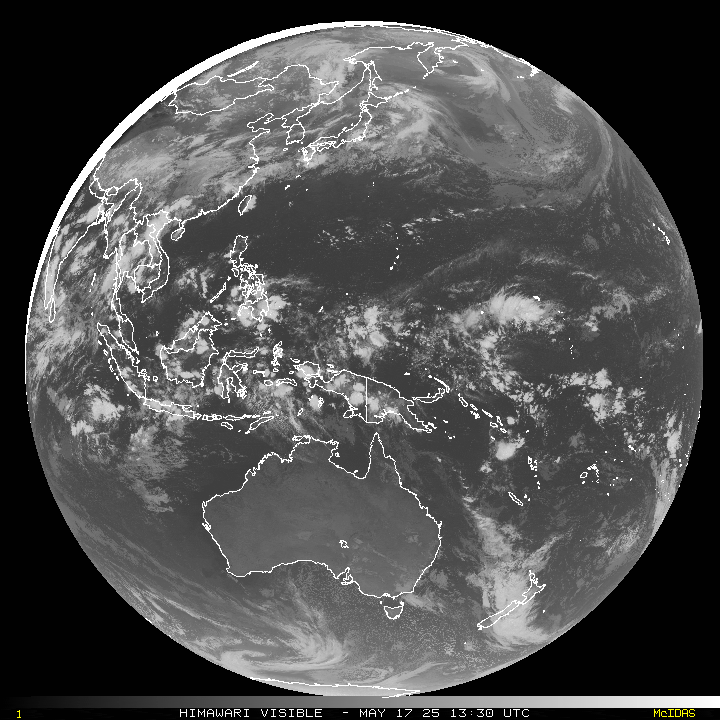Current Snapshot
For all the latest updates visit: DisasterAWARE
By PDC’s Senior Weather
Specialist Glenn James

The Pacific Disaster Center’s (PDC Global) Tuesday, December 12, 2023, Tropical Cyclone Activity Report…for the Pacific Ocean, the Indian Ocean, and adjacent Seas
Current Tropical Cyclones:
Tropical cyclone 03P (Jasper)…is located approximately 104 NM northeast of Cairns, Australia
Northeast Pacific Ocean:
The North Pacific hurricane season officially ended on November 30, 2023. Routine issuance of the Tropical Weather Outlook will resume on May 15, 2024. During the off-season, Special Tropical Weather Outlooks will be issued as conditions warrant.
The eastern Pacific basin hurricane season was above normal, with 17 named storms, of which 10 were hurricanes and eight of those major hurricanes.
From August 16 to 21, Tropical Storm Hilary brought widespread heavy rainfall and flooding to Southern California, with some areas receiving up to 600% of their normal August rainfall. Hilary resulted in the first ever issuance of Tropical Storm Watches and Warnings for the Southern California coastline by NOAA’s National Hurricane Center. In addition, the Center distributed key hazard focused messages for Hilary in Spanish through the agency’s new language translation project.
Hurricane Otis made landfall near Acapulco, Mexico, on October 25 as a category-5 hurricane, with sustained winds of 165 mph. Otis holds the record as the strongest landfalling hurricane in the eastern Pacific, after undergoing rapid intensification in which wind speeds increased by 115 mph in 24 hours.
Central North Pacific:
The central North Pacific hurricane season officially ended on November 30, 2023. Routine issuance of the Tropical Weather Outlook will resume on June 1, 2024. During the off-season, Special Tropical Weather Outlooks will be issued as conditions warrant.
The central Pacific basin had a near-normal season with four tropical systems traversing the basin.
Hurricane Dora, a category-4 storm, passed south of Hawaii in early August, marking the first major hurricane in the central Pacific basin since 2020. The strong gradient between a high pressure system to the north and Dora to the south was a contributing factor to the wind-driven, fast-moving wildfires in Hawaii.
Western Pacific, Indian Ocean and adjacent Seas:
Southwest Pacific Ocean…
Tropical cyclone 03P (Jasper)
According to the JTWC warning number 32, sustained winds were 45 knots…with gusts to 55 knots
Animated enhanced infrared satellite imagery depicts the system has a weakened convective structure with decreased wrap and banding over the last six hours. The ragged low level circulation has also become partially exposed. Convective tops along the south and south-southwestern portions of the low-level circulation has continued to warm, while overall outflow has remained minimal.
Analysis indicated the environment is marginal with low vertical wind shear and warm sea surface temperatures offset by continued minimal outflow and cool dry air intrusion.
TC Jasper will progress more westward under the steering ridge to the south and make landfall in the vicinity of Port Douglas, approximately 74 NM north-northwest of Cairns around 18 hours. The marginal environment will maintain its current intensity at best up to 12 hours.
Afterward, land interaction and continued dry air intrusion will increase and rapidly weaken Jasper to dissipation by 48 hours as it progresses further inland. The remnants of TC Jasper is expected to continue westward and exit into the Gulf of Carpentaria by 72 hours.






